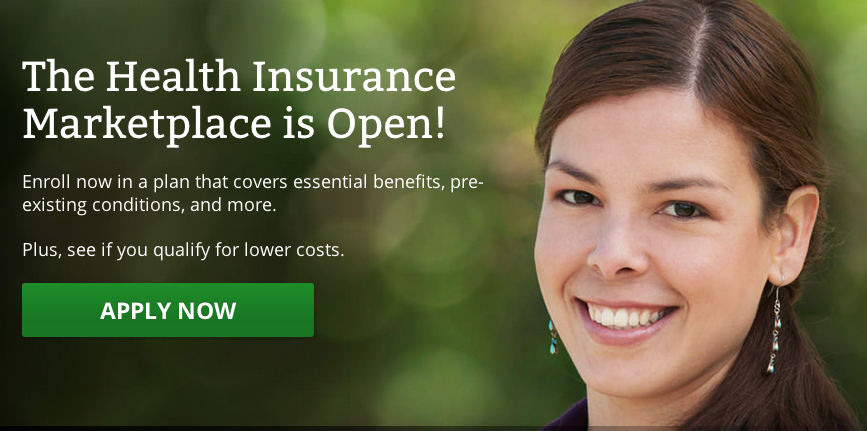Obamacare vs. Medicare Part D

Prior to the rollout of Obamacare's health insurance exchanges this month, there were a lot of comparisons to the launch of Medicare Part D, the prescription drug benefit for seniors that started up in 2006. Supporters of Obamacare pointed out that the Bush-era drug program rolled out to a fair amount of confusion, but eventually went on to become quite popular.
But a week after the launch of the exchanges, it's not as easy to make the Part D comparison, at least not in terms of website design.
The Washington Post spoke with the top IT coordinator for the Part D effort about the differences between that program's rollout, which also involved getting large numbers of Americans to sign up for a health plan (to cover prescription drugs), and the start of the exchanges:
David Brailer, who worked as HHS's first national coordinator for health information technology during the launch of the Medicare drug benefit in 2006, said the administration could have anticipated that the opening of the federal exchange would trigger a rush of Americans onto the Web site, either as onlookers or outright buyers.
He pointed out that the exchange was built to accommodate 50,000 to 60,000 visitors at a time — fewer than half as many as the enrollment site for the Medicare drug benefit could handle. The number of older Americans eligible for the drug benefit was far greater than the group of uninsured people who will be allowed to buy insurance through the health exchange, Brailer said, but many elderly patients didn't have home computers at the time, compared with the near-universal access to the Web that exists across the United States today. For a new program that's had as much advertising as the Affordable Care Act, building a Web site for just 60,000 people at a time "is weird. The math just doesn't add up," he said.
No, it doesn't.
It's increasingly difficult to believe that overwhelming traffic is the primary problem with the federally run exchange system. Federal officials said that HealthCare.gov got 4.7 million visitors last Tuesday, the first day it was open, and just over 8 million by the end of last week. But New York state's exchange reportedly got 10 million visits on its first day. The state-run exchange went offline several times, and performance is still sluggish. But even still, the state now says that about 40,000 residents have submitted applications and been judged eligible for plans (they may not have actually enrolled yet). That's what an unexpectedly high volume rollout looks like.
The federal exchange system, meanwhile, was taken offline for repairs twice over the weekend, and again last night. The users who have already created accounts are also being told they have to reset their passwords. And even today, administration officials are still refusing to provide an estimate about when the system might be glitch-free. Health and Human Services Secretary Kathleen Sebelius claims she doesn't even know how many people have signed up in the federal exchange system—even though California, Washington state, Maryland, New York, and Kentucky have all released application data. It's not clear exactly what's wrong with the federal exchange system, but it's hard to trust the administration's assurances that it has the problem under control.


Show Comments (36)